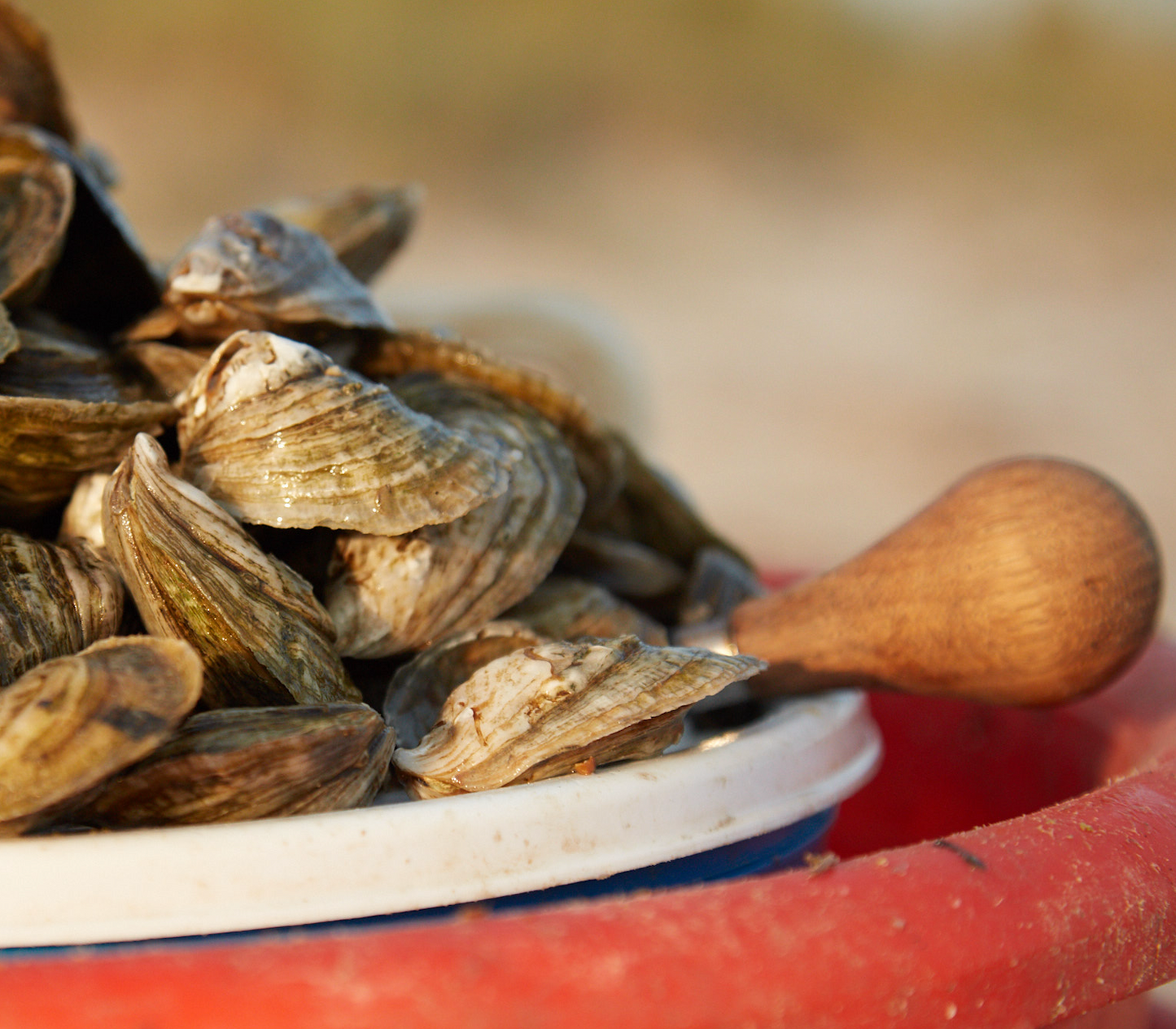
The oyster and its pearl are a combination known around the world. However, many people don’t know exactly what causes an oyster to form a pearl. Oysters are not the only mollusk that can form pearls– clams and mussels do it as well, but much less frequently. The formation of pearls by oysters is a biological process, the oyster is actually protecting itself from a foreign substance.
In order to understand how oysters make pearls, it’s important to first understand the basics of their anatomy. Oysters are bivalves, which means their shell is made of two parts, the valves. The shell is held together by a ligament that is usually held open so the oyster can eat. Inside the shell, the rest of the oyster is made up of these parts:
- Mouth
- Stomach
- Heart
- Intestines
- Gills
- Anus
- Adductor muscle
- Mantle
These parts come together to form the whole oyster. When an oyster begins to form a pearl, it’s because a foreign substance gets stuck between the mantle and the shell which can irritate the mantle. As a result, the oyster reacts by trying to cover up the irritant and protect itself with layers of a substance called nacre, which is also what the oyster uses to make its shell. This process eventually forms a pearl.
Unlike pea crabs, for example, pearls in oysters have no bearing on the health of the oyster. Instead, they form almost at random unless cultured in an artificial environment. A small irritant is placed under the mantle when a pearl is cultured to jump-start pearl production.
If you find a pearl in one of your oysters, consider it your lucky day! They can come in a variety of colors including black, white, gray, red, blue, and green. Oyster pearls can also come in a variety of shapes. While they’re usually round- they can sometimes be uneven which are called baroque pearls.
Have other questions about your White Stone Oysters? Check out our FAQ page or Blog.
← Older post Newer post →
